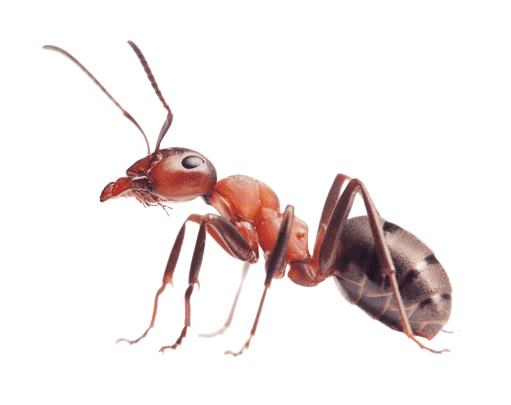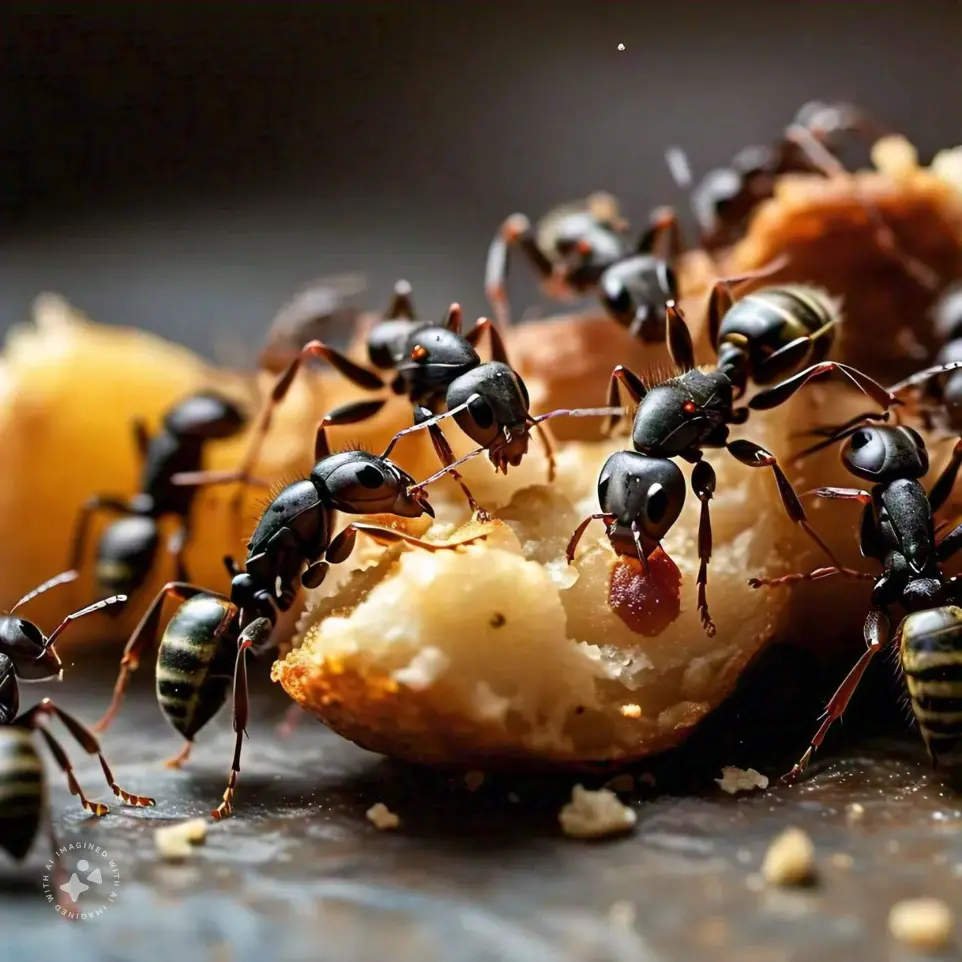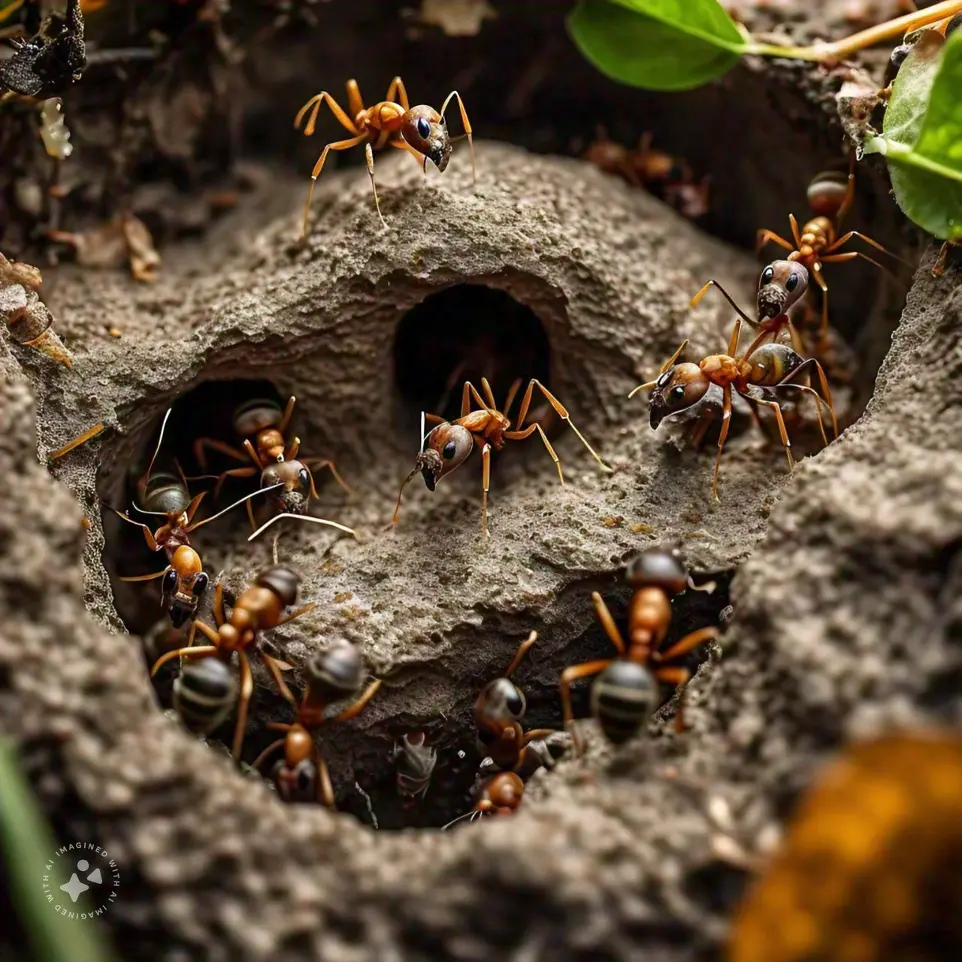Uncover the Secret to a Pest-Free Space: Your Solution for Ant Invaders!

Ants (Formicidae)
Size: Varies depending on species; typically ranges from 0.08–2 inches
Color: Ranges from black, brown, red, or yellow
Body Shape: Segmented body with a narrow waist
Antennae: Elbowed, long, and flexible
Eyes: Small or prominent depending on species
Antennae: A key feature, long and segmented, giving them excellent sensory detection
- Species have specialized workers for specific tasks like foraging or defense
- Moving in well-organized trails toward food sources

Feeding Preferences
Ants are highly adaptable foragers that are drawn to a wide range of edible materials in commercial environments. They are especially attracted to sweet residues, grease, and leftover food particles found in preparation or storage areas. These pests can efficiently locate even small traces of nourishment, feeding on sugary liquids, protein-rich waste, or discarded food remnants. They are opportunistic and can survive by exploiting minimal resources, making it essential to maintain proper cleaning routines and waste management to reduce their presence.

Habitat
Ants thrive in environments that provide shelter, warmth, and access to food and moisture. In commercial settings, they establish themselves in hidden spaces such as behind storage shelves, near equipment, or within small cracks and entry points. They prefer areas that are close to sources of spills, waste, or leftover materials, allowing them to maintain easy access to resources. Their nesting spots are typically located in undisturbed, protected areas with minimal human activity. Regular maintenance, proper sealing, and waste management are key to preventing their establishment in these spaces.

UPM's AIR Approach for Ants:
- Assess: Inspect your home for signs of ant activity, such as trails, nests, and areas where food has been accessed. Focus on kitchens, pantries, and other food storage areas to assess the severity of the infestation.
- Implement: Use targeted treatments like ant baits, sprays, and traps. Seal entry points, eliminate food sources, and improve sanitation to reduce the ant population. Consider using non-toxic treatments where possible to avoid harm to pets or humans.
- Review: Regularly monitor areas prone to ant activity, such as kitchens and bathrooms, and continue preventive measures like sealing cracks, storing food in airtight containers, and maintaining cleanliness to prevent future infestations.
Frequently Asked Questions
They typically enter through cracks, gaps, vents, or along pathways created by food deliveries or waste movement.
Common species include sugar ants, fire ants, and pavement ants, depending on location and climate
Some species can damage insulation, wood, or wiring by tunneling or building nests.
Look for visible trails, clusters of ants, discarded wings, or piles of soil near entry points.
They are most active during warmer months, especially in search of food and nesting areas.
While they can reduce populations temporarily, professional treatments are recommended for long-term solutions.
Yes, they can transfer bacteria and pathogens, posing health risks if they come into contact with food sources.